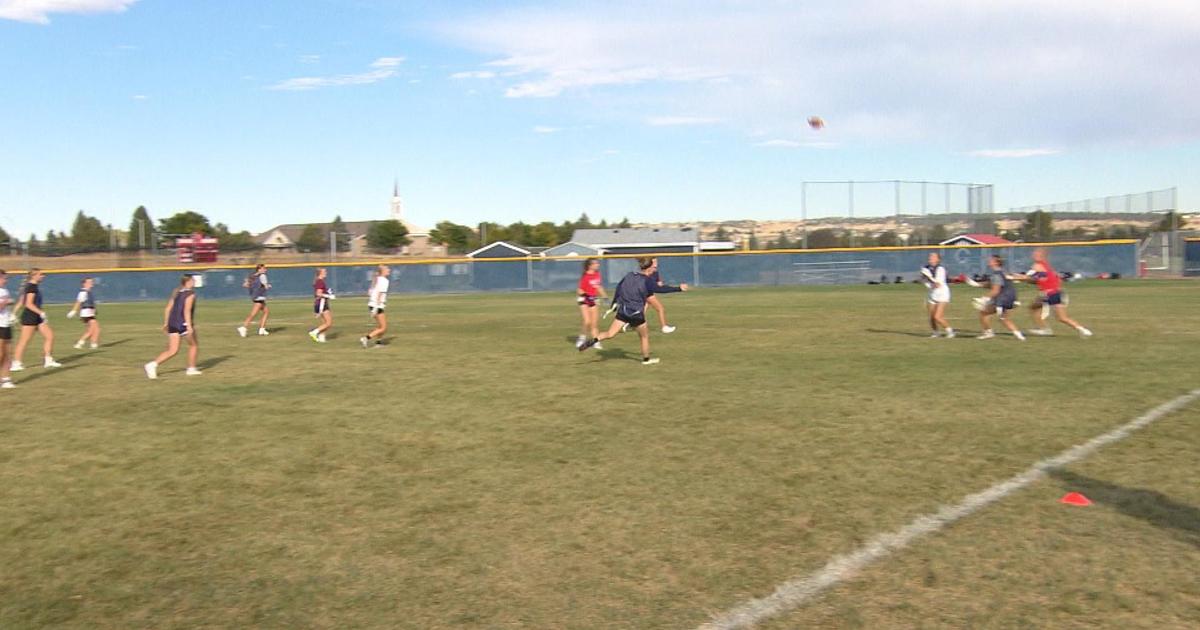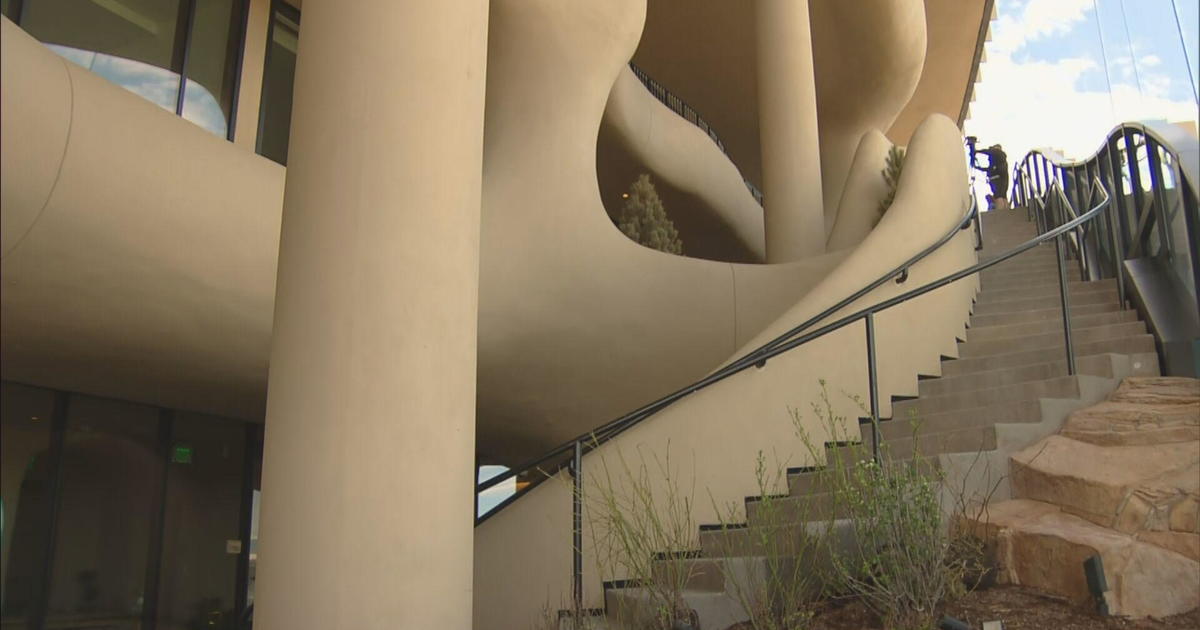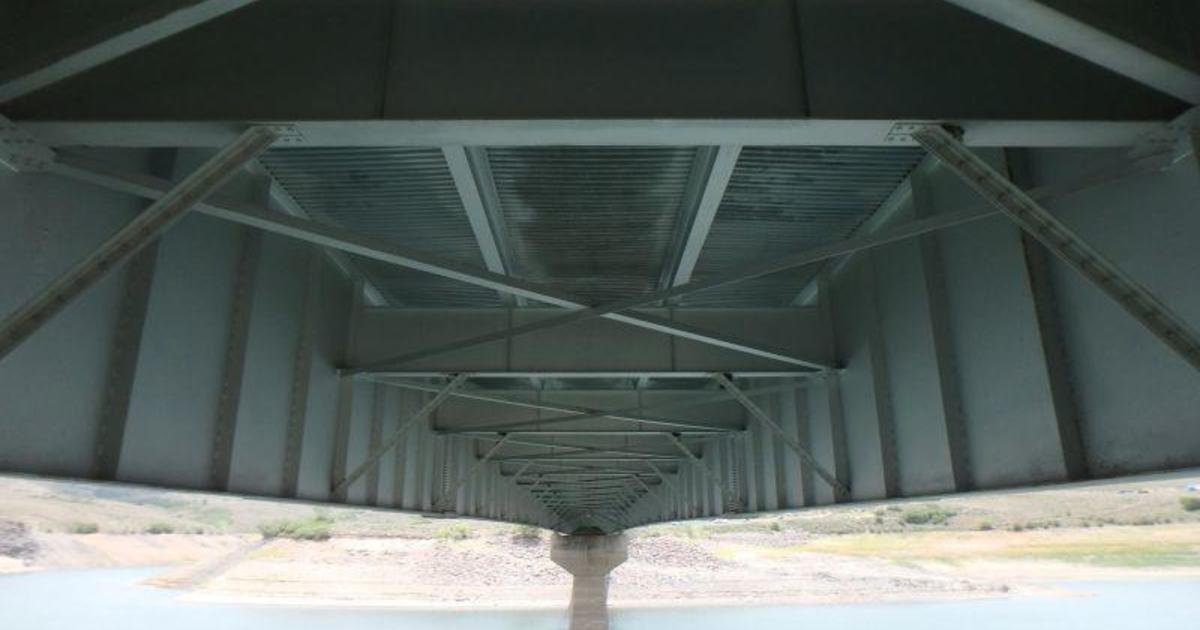Three New NASA Astronauts Boast Colorado Roots
HOUSTON (CBS4) - NASA introduced 12 new astronauts on Wednesday. Among them are three who have deep roots in the Centennial State.
Vice President Mike Pence introduced the men and women at a ceremony on Wednesday afternoon at NASA's Johnson Space Center in Houston.
Among the astronauts-to-be are a physician, a surgeon, two geologists, an oceanography engineer, an electrical engineering professor, a SpaceX senior manager, four veteran test pilots, and a nuclear engineer. Three candidates hold degrees from the Massachusetts Institute of Technology, and three graduated from military academies.
Lieutenant Commander Matthew Dominick, originally from Wheat Ridge, is currently a test pilot in the United States Navy stationed in Japan. He holds a master's degree in systems engineering from the Naval Postgraduate School.
Army Major Francisco Rubio lives in Colorado Springs. He's a surgeon for the 3rd Battalion, 10th Special Forces Group stationed at Fort Carson.
Jessica Watkins is from Lafayette and is a post-doctoral fellow at the California Institute of Technology. She holds a Ph.D. in geology from UCLA and lives in Pasadena.
NASA plans to operate the International Space Station through at least 2024. Right now, astronauts fly to and from the station aboard a Russian Soyuz craft, but both Boeing and SpaceX, both U.S.-based companies, are building new spacecraft to ferry astronauts to the station. Those are expected to begin flying sometime next year.
At least some of the new astronauts are expected to fly aboard the new craft. Some may be assigned to the Orion spacecraft, with missions aimed at exploring Mars and deep space.
According to a NASA release, the flight rate for the new spacecraft will be much lower than previous missions. When they flew, the space shuttles carried half a dozen astronauts at once several times a year. The new crafts will have a much longer period between launches, but missions will last significantly longer. Only a handful of NASA astronauts can expect to fly in a given year. When they get a chance to fly, however, those astronauts can expect much longer stays in space, either aboard the ISS or on deep space missions.





